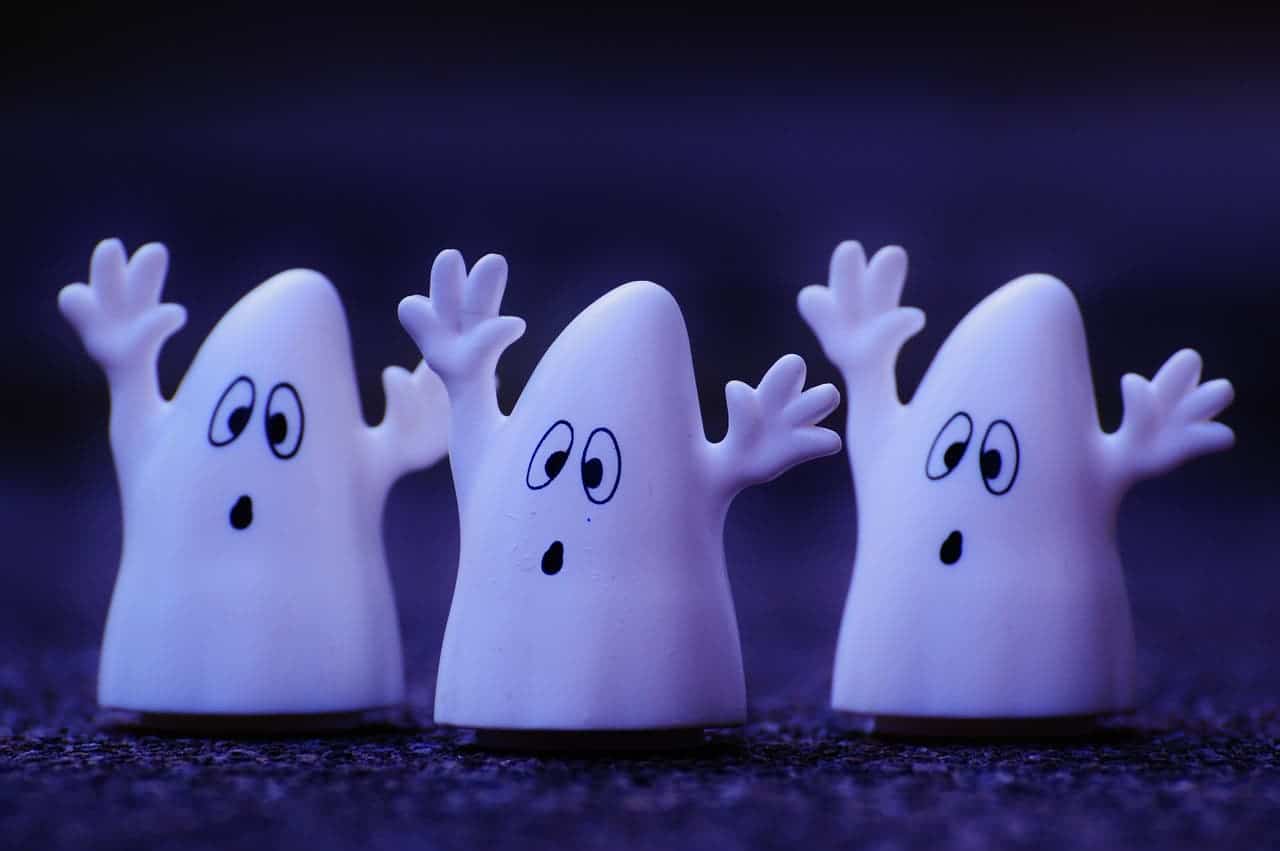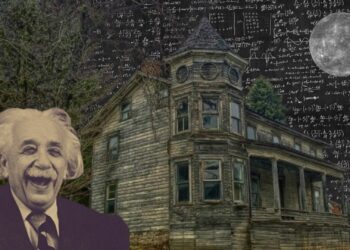Brian Cox was live recently on BBC Radio Four’s “The Infinite Monkey Cage”, along with Neil deGrasse Tyson. One of the highlights of the show was a brief exchange during which Cox claimed the Large Hadron Collider (LHC) at CERN, Switzerland, proves that ghosts don’t exist.

As many as 42 percent of Americans say they believe in ghosts. Hilarious reality shows aside, there has been no credible proof shown so far (peer-reviewed by a reputable science journal) that would suggest this is true. But then again, someone might argue that absence of evidence does not necessarily imply evidence of absence which is a reason why many supernatural beliefs may persist. Of course, that implies proving a negative which is a trick used for thousands of years to shift the burden. Can someone prove to me that the Tooth Fairy doesn’t exist, for instance?
You could say that were the Tooth Fairy real, you would see evidence such as the systematic dematerialization of baby teeth left under children’s pillows. Such an analysis can only prove that the existence of the Tooth Fairy is extremely improbable, however. You can easily get lost in such arguments because these are impossible to solve — they’re outside the realm of reason. But somehow, Brian Cox, an astrophysicist and popular science communicator, fell for it.
Cox claims that the LHC, where particles are smashed at incredible velocities and even the most minute particle interactions can be detected, proves there aren’t such things as ghosts. Cox assumes that ghosts should be made of energy — either that or matter but I don’t think anyone claims that — and as such its interactions must be explained by the Standard Model of Physics, which has not been proven wrong once yet. Energy from ghosts would surely be the same energy that is used to make the living and the LHC should be able to pick that up.
“If we want some sort of pattern that carries information about our living cells to persist then we must specify precisely what medium carries that pattern and how it interacts with the matter particles out of which our bodies are made. We must, in other words, invent an extension to the Standard Model of Particle Physics that has escaped detection at the Large Hadron Collider. That’s almost inconceivable at the energy scales typical of the particle interactions in our bodies.”
When asked by deGrasse Tyson whether this is an assertion that LHC proves ghosts don’t exist, Cox simply replied ‘Yes’.
“I would say if there’s some kind of substance that’s driving our bodies, making my arms move and legs move, then it must interact with the particles out of which our bodies are made,” Cox added.
“And seeing as we’ve made high precision measurements of the ways that particles interact, then my assertion is that there can be no such thing as an energy source that’s driving our bodies.”
Basically, what Cox is referring to as proof for refuting the existence of ghosts can be pinned down to the second law of thermodynamics which states entropy (disorder) always increases with time in a system. In other words, energy is lost so even if a ghost exists as pure energy, it should fade away.
Is this a satisfying explanation? Comments are much welcomed.



